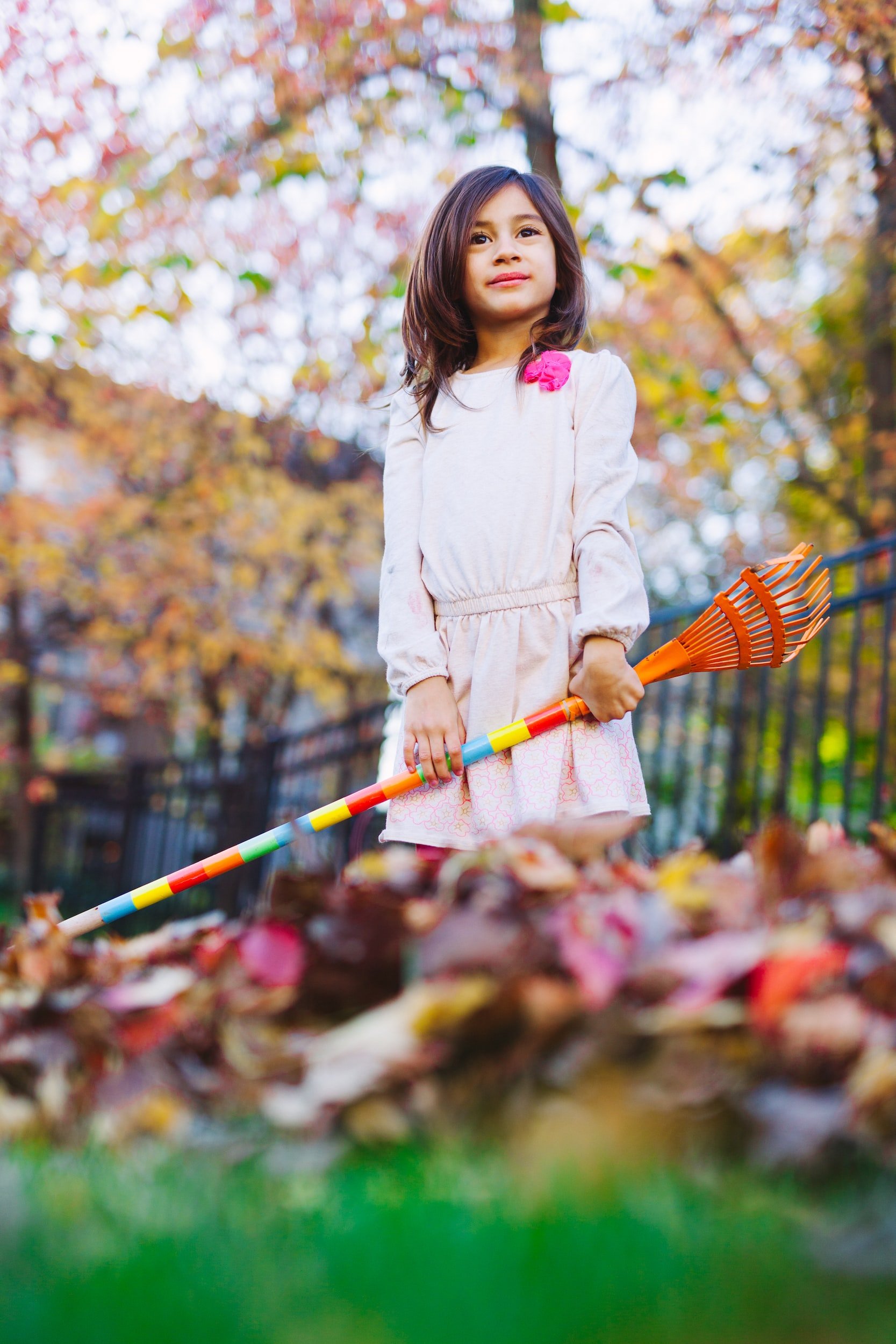Now? You’ve got to be kidding!
Ever since covid hit in early 2020 people have been making improvements to their homes and their property.
That means a couple things to the consumer. First it has driven up the price of material and second landscapers are really busy.
If you are thinking of making improvements to your property in the spring then you should start now.
Find a landscaper that you like. You may want to check reviews on Google or on apps like NextDoor to see what your neighbors think of the local landscaping companies.
Next schedule an appointment to talk with them about your plans. Some of the smaller companies shut down for the winter but they usually are still available to talk. The larger companies are available year-round.
Once you have your plans set up then you can get on the schedule for next spring. A lot of people decide to make changes and expect it to be done right away but in this situation it's often not possible.
You may contact someone in the spring and have to wait until fall to have your plantings done. Sometimes people will decide to find someone who is available NOW and those people who are not in demand often produce work of a lesser quality.
Start planning now.








